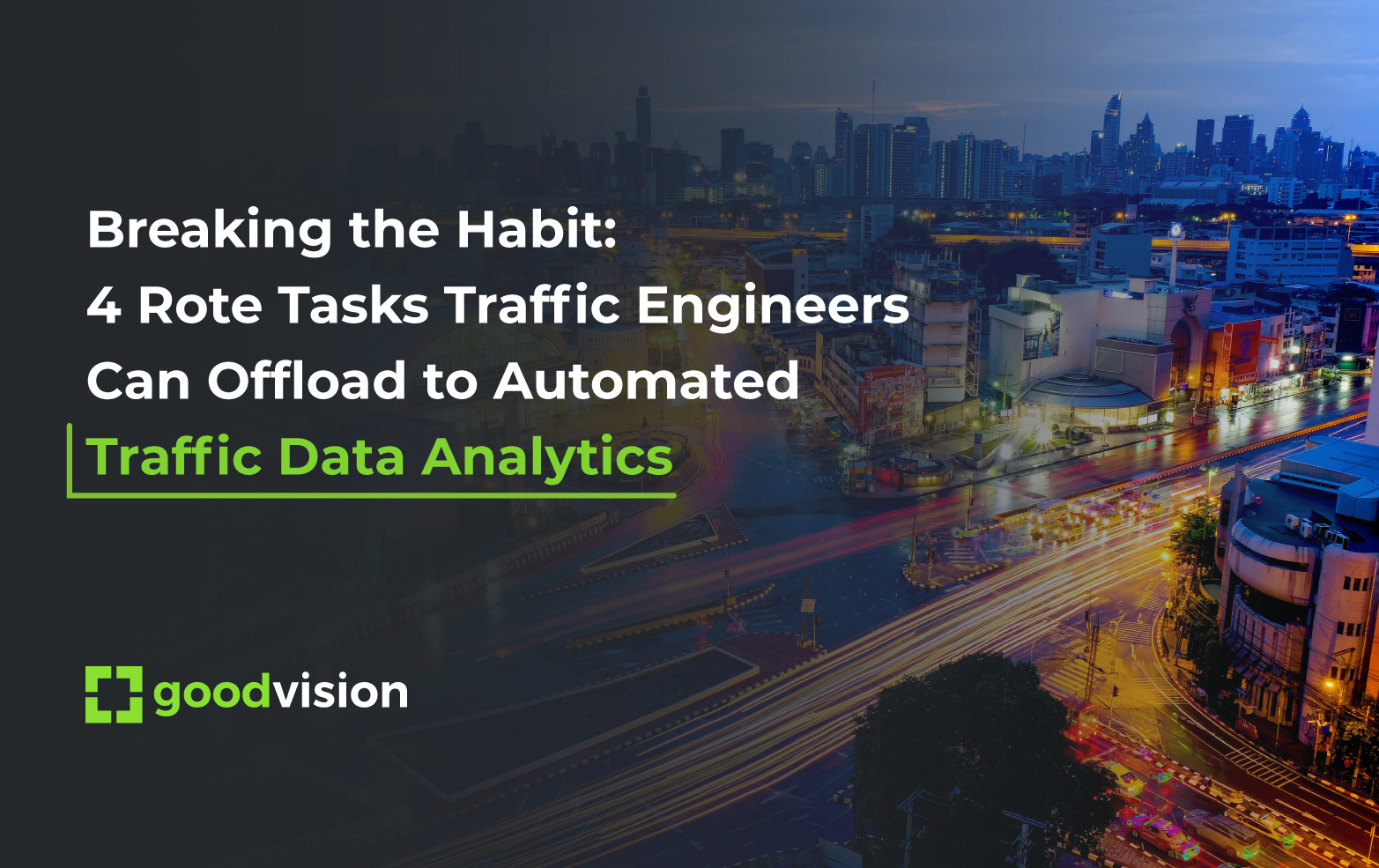Breaking the Habit: 4 Rote Tasks Traffic Engineers Can Offload to Automated Traffic Data Analytics
Social psychologists have long investigated the process of going through changes. Among them was Kurt Lewine, who developed a three-stage model in which the first step toward any change is the “unfreeze” phase. It involves realising that current ways of doing things aren’t working and a change is required. One way to recognise the potential for improvement is by being presented with a solution we can adopt.
All too often, all that holds for automation. Decision-makers from all industries, including traffic engineering, often oppose change for various reasons. Sometimes, they’re just stuck in their ways, or they don’t want to instigate a change for fear of the temporary disorder it may entail. This mindset stops them from transitioning to new, more efficient methods. And just as in Lewin’s model, realising the value of automation can be the first step to eliminating that resistance and embracing the new.
Read on to learn how automation, specifically traffic data analytics, can handle four notoriously mundane and time-consuming tasks traffic engineers face daily. And embrace the change!
How does traffic data analytics software work?
Before investigating some popular tasks traffic engineers can offload to automation, let’s cover the basics.
Traffic data analytics refers to collecting and analysing traffic patterns, volume, and behaviour data.
- Traffic data collection. The first step in the process involves gathering data from multiple sources, such as sensors, cameras, GPS devices, and mobile applications.
- Traffic data analytics. Once the data is collected, it undergoes analysis using predictive modelling, simulations, and statistical and data mining techniques. This stage aims to identify trends, patterns, and correlations within the traffic data, providing valuable insights into traffic behaviour, peak hours, congestion hotspots, and potential bottlenecks.
- Traffic insights and decision-making. With that intel, traffic engineers can interpret records to gain insights into transportation systems, optimise traffic flow, and inform decision-making for urban planning, traffic engineering, and infrastructure improvements.
At GoodVision, we use video footage as the source of traffic data for analysis.
First, you provide video data collected from CCTV or drone cameras they want to analyse. Then, the GoodVision Video Insights platform uses our proprietary AI solutions to extract traffic records from the shared footage. The algorithm boasts 95% accuracy and automatically classifies vehicles and pedestrians. The process takes hours compared to days when performed manually, no matter the volume of data.
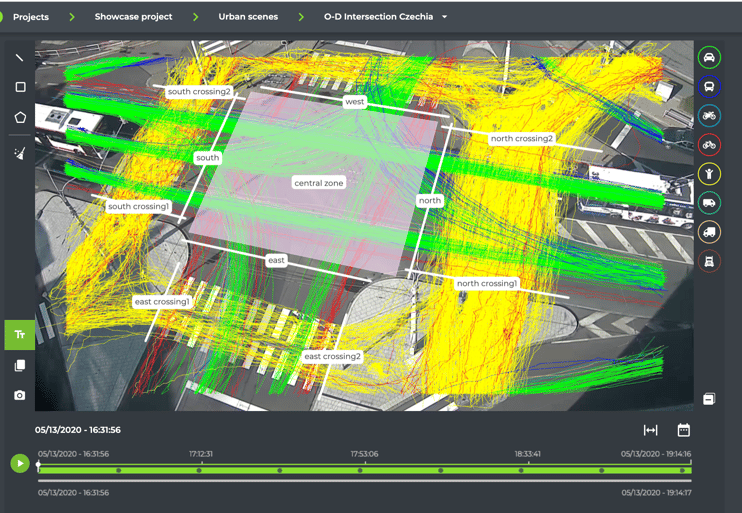
All these records are then available for analysis on your GoodVision account. You can use the interactive analytics features to manipulate the records in any way you need. This includes trajectory visualisations, simulating road scenarios, or filtering particular driver behaviours and events. You can also compile this data into custom-made reports that will allow you to easily interpret traffic records and identify chokepoints, hazardous spots, congestion patterns, and high-value interventions.
Let’s see what tasks traffic engineers can relay to traffic data analytics software.
#1 Large-scale count analyses
Knowing the number and type of vehicles entering, exiting, and passing through specific road sections is crucial for understanding traffic patterns, assessing demand for interventions, or finding other solutions to congestion.
However, manually collecting and processing raw traffic data for counts is extremely tedious. And, in the case of larger datasets, simply inefficient.
That’s because, in manual count analysis, data is collected through direct observation or physical counting methods such as traffic counters manually operated by individuals stationed at specific locations.
Traffic data collected this way is often stored in different formats (sometimes even on paper). Due to that, the data will require more time to enter into your database, process, and compile before it’s ready for analysis, especially if this stage is handled by hand. The time needed to deliver manually collected and processed records will only increase as the datasets grow bigger.
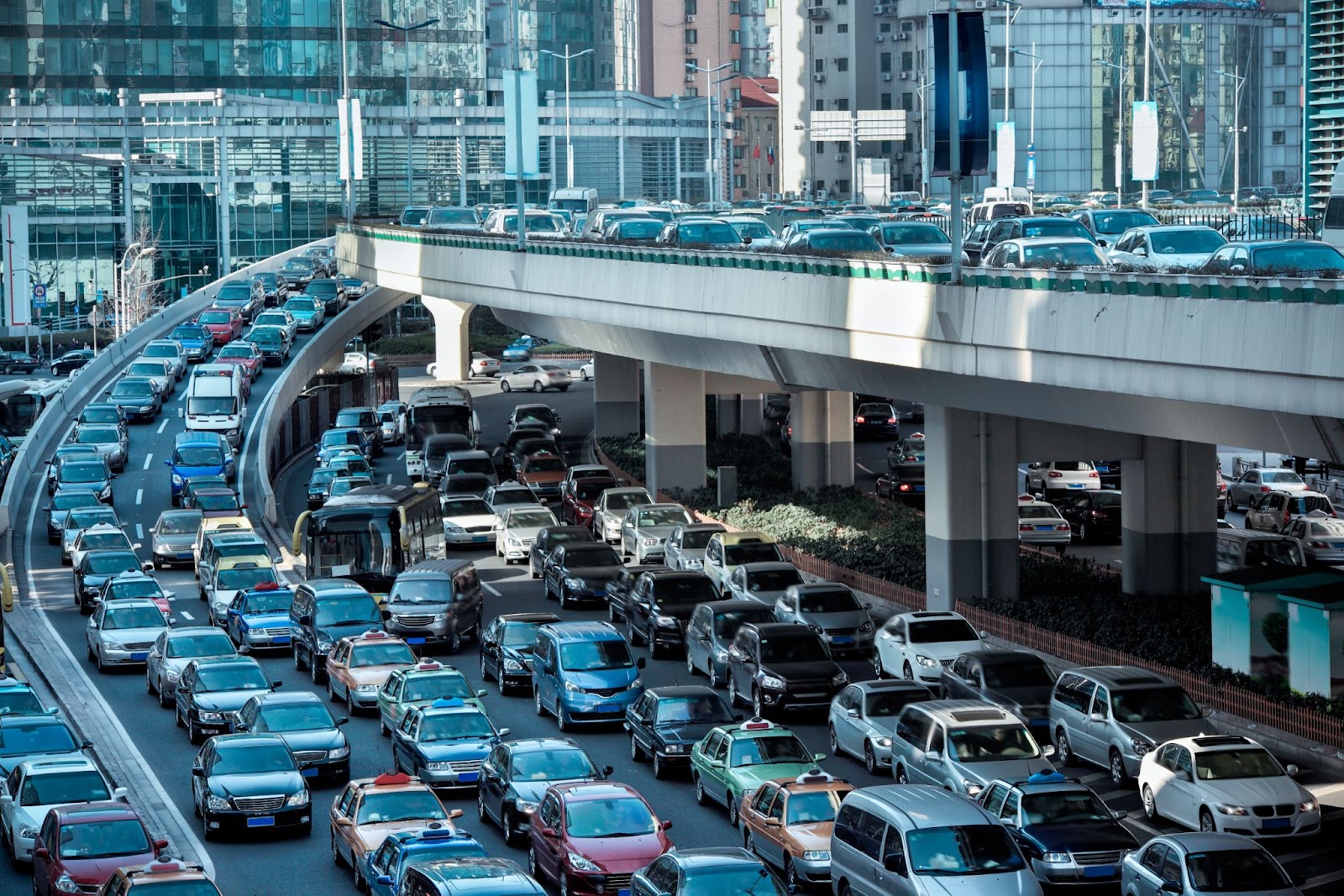
In contrast, automated count analysis relies on sensors, cameras, or other technology-based systems that automatically collect data without human intervention.
Next, the system uses its built-in traffic data analysis engine to process the videos, delivering accurate traffic records that are ready for interpretation in a much shorter time, and all of that no matter the volume. Traffic data analytics software such as GoodVision Video Insights allows you to customise traffic reports and define specific junctions or roundabouts to pull data from to chain it together and detect more complex movement patterns.
#2 Reliable and up-to-date traffic data collection
Manual traffic data collection has another significant disadvantage: lack of reliability. This has several reasons.
Firstly, manual traffic data collection is prone to human error, which may lead to inaccuracies in data due to miscounts, missed data points, or inconsistencies in a recording.
Then there’s the simple fact that human surveyors can work a limited number of hours per day and can only be in one place at a time. This means that many traffic events go unnoticed or are reported with delay.
As a result, manual traffic data collection can deliver incomplete, inaccurate, or delayed records, especially if they require heavy processing.
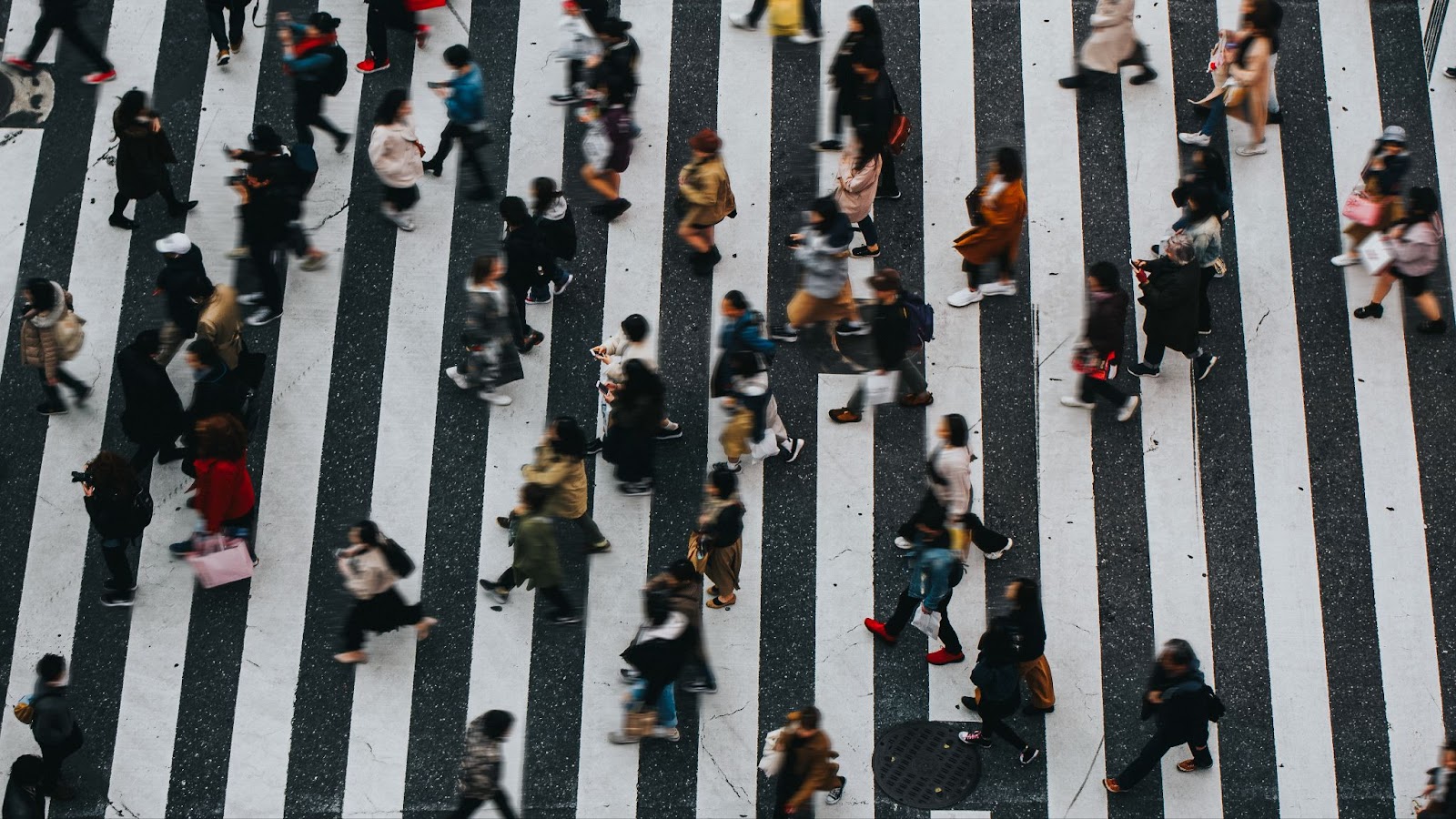
Automated traffic data analytics systems such as GoodVision eliminate all these problems using video-based traffic analysis rather than manual methods.
Unlike human surveyors, cameras can operate around the clock and can be installed permanently at all road sections you need to monitor. Once the data is collected, processing only takes a few hours, ensuring quick access to traffic records.
For crucial road sections, GoodVision Live Traffic allows you to stream live footage from CCTV cameras straight to the analytics platform. Traffic events are detected in real time, and the platform instantly sends an alert to your traffic data analytics software based on user-defined triggers. Thanks to that, you can react to any incident promptly.
#3 Generating traffic reports
Reports help traffic engineers and other stakeholders understand all aspects of transportation networks, from traffic volume and congestion to incidents and signal timing. However, when compiling data and turning it into neat, well-organized reports, traffic engineers need to consider a slew of things:
- Processing power: Traffic data analytics software must handle high volumes of records.
- Timeliness of reporting: Efficient traffic data collection and reporting workflows must be in place to ensure the timely availability of reports for decision-making.
- Data privacy and security: Traffic engineers must implement appropriate data protection measures, adhere to privacy regulations, and establish secure data storage and access protocols.
- Readability and visualisations: Traffic reports should clearly present even the most complex traffic data to be easily understandable for stakeholders, policymakers, and the general public.
- Evolving reporting needs: Traffic engineers must stay on top of emerging technologies, best practices, and regulatory updates to ensure their reporting methods remain relevant and effective.
Generating reports is exactly the job that smart traffic analytics software was made for. With GoodVision, traffic engineers can define time intervals, scenes, traffic events, vehicle types, and other parameters they want to include in their traffic reporting. The report is ready instantly and available on your GoodVision profile, from where it can be downloaded or shared with other stakeholders.
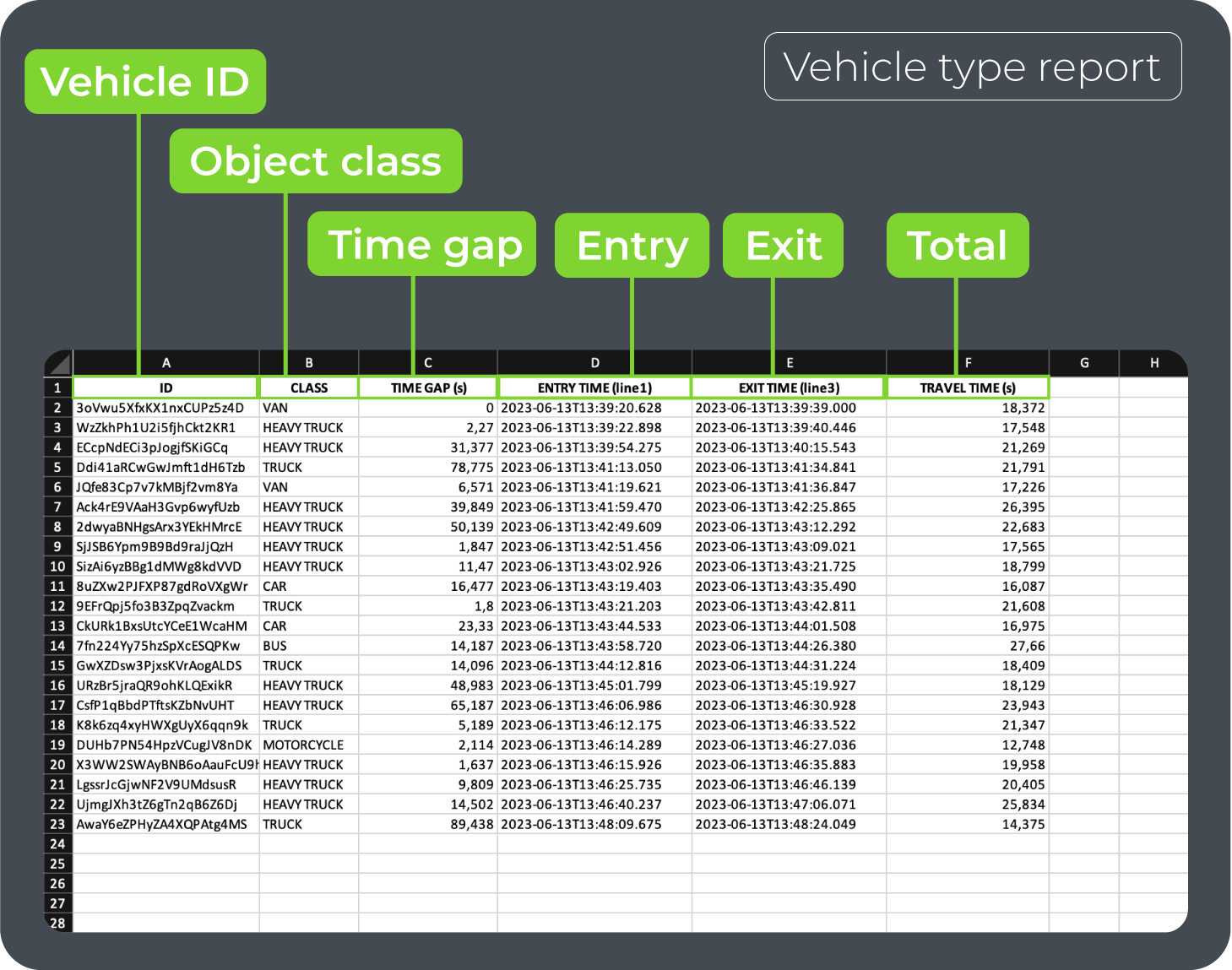
#4 Creating a unified traffic data analytics system
Between traffic data collection and storage platforms, analytics software, and traffic control systems, traffic engineering involves working with many tools. Switching between all of them daily can be not only frustrating but also inefficient.
With a patchwork solution combining multiple tools, traffic engineers need more time to retrieve the necessary data or records. This affects response times, makes sharing records and managing access rights more difficult, and, in extreme cases, can compromise your data's security.
The answer to this friction is an all-in-one smart traffic analytics system. These platforms streamline essential traffic engineering operations by unifying all traffic data analytics in a single tool while eliminating major everyday frustrations.
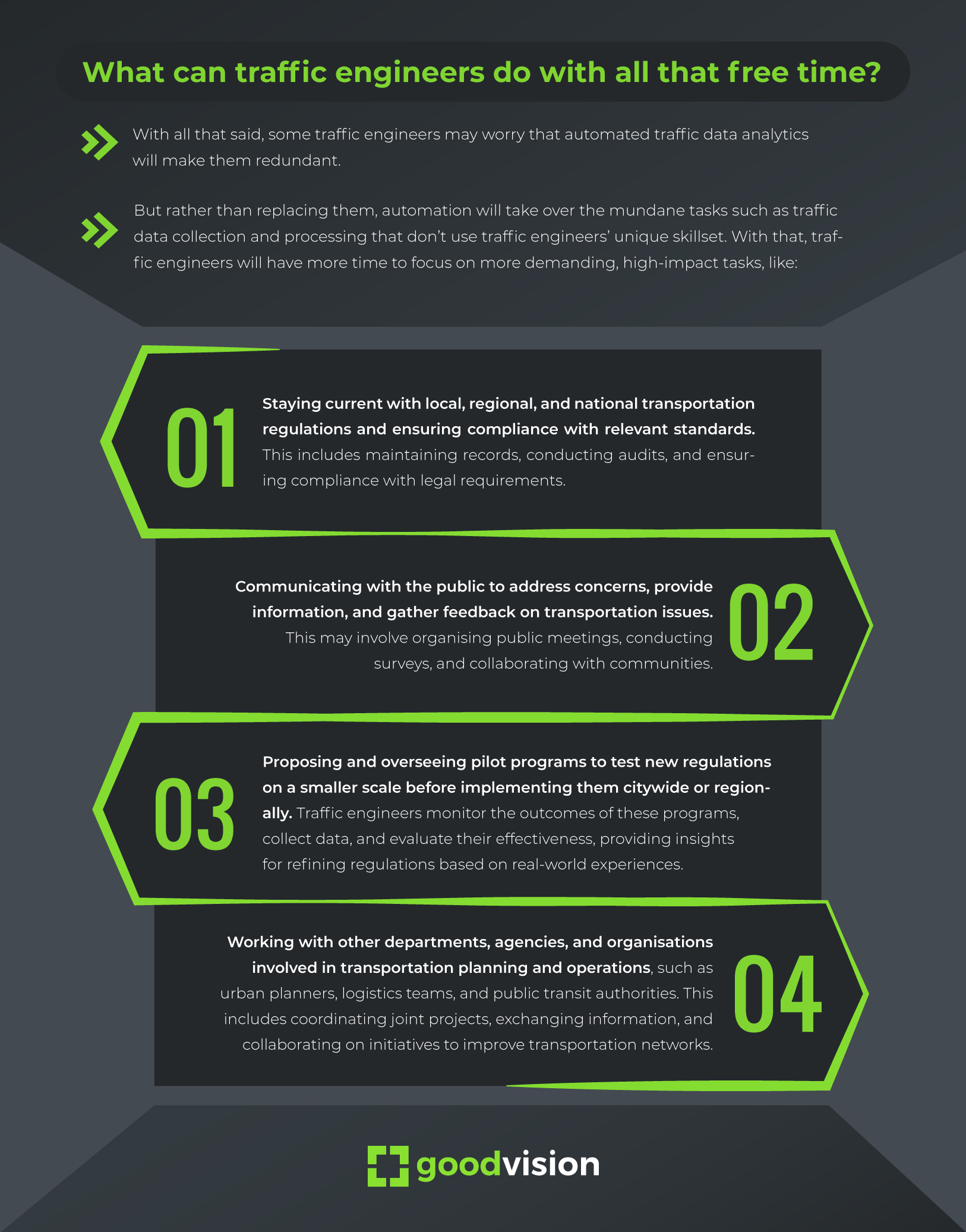
The involvement of traffic engineers in all these areas is invaluable. With automation offloading all low-value traffic data analytics duties, traffic engineers can now commit more of their expertise to the tasks they would need more time to attend to before.


